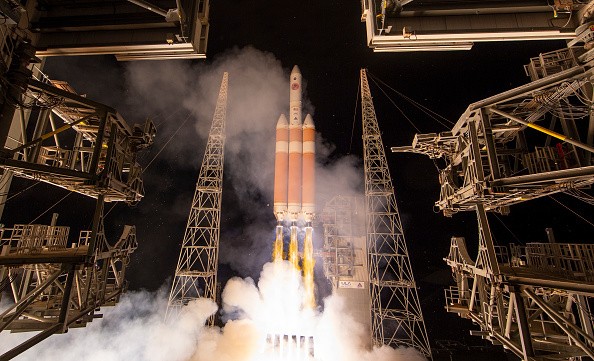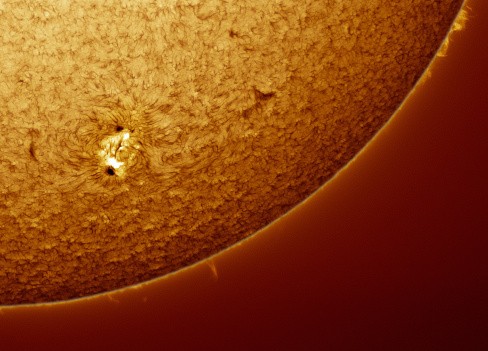The NASA Parker spacecraft just made history recently: it is now the first space probe in history to enter the corona, or the upper atmosphere of the sun.
At the sun's corona, the Parker probe collected particle samples and took a closer look at the star's magnetic field, reports CNN. What the probe basically did is "touch" the sun and give scientists deeper insight into how Earth's parent star has evolved and how it affects the Solar System in numerous ways.
Furthermore, it also helps scientists learn about how stars elsewhere in the universe work, as per NASA's Thomas Zurbuchen, who works as the associate administrator for the agency's Science Mission Directorate.
The feat was formally announced during this year's American Geophysical Union Fall Meeting, held last December 14th. It was the culmination of a three-year mission which was intended to have the NASA Parker spacecraft circle ever closer to the sun.
The agency first launched the probe in August 2018 at Cape Canaveral, Florida, aboard a Delta IV Heavy Rocket. This rocket is the world's second highest-capacity launch vehicle in active service, next only to SpaceX's Falcon Heavy.

However, this won't be the last that the Parker probe will inch even closer to our parent star.
By 2024, scientists are expecting the spacecraft to go closer than ever before: within 3.9 million miles of the star's surface. This is closer than the total distance of Mercury from the sun.
When it does, the probe will have to withstand blistering temperatures up to 2,500 degrees. Its 4.5-inch-thick solar shields will have to do the job, keeping its interior instruments at room temperature.
After this one, the spacecraft is scheduled to fly through the sun's corona again in January.
NASA Parker Spacecraft Discoveries
According to NASA, the probe's multiple close flybys will yield more discoveries that would be impossible to make from farther out.
Among these discoveries are switchbacks, which are magnetic zig-zag-like structures in the solar wind. Before, scientists could never discern where these switchbacks come from. But with Parker, they finally identified their origin: the actual surface of the sun.

Other discoveries involve a deeper understanding of the solar cycle. That's because any type of so-called "space weather" caused by the sun can directly affect us here on Earth. That includes the impact on the global power grid, satellites, airlines, rockets, and even your trusty GPS.
A Brief History Of Parker
Despite only being launched three years ago, the actual concept of the Parker spacecraft originated decades before. It was first conceptualized in a 1958 report by the National Academy Of Science-Space Science Board.
Aside from being a solar probe, however, Parker (named after Dr. Eugene Parker, the first one to predict the solar wind) is also the fastest spacecraft in history. According to NASA, it reached a top speed of 430,000 mph-fast enough to reach Tokyo from New York in under a minute.
Related Article : NASA Offers People The Chance To Train The AI Of Mars Rovers
This article is owned by Tech Times
Written by RJ Pierce
ⓒ 2025 TECHTIMES.com All rights reserved. Do not reproduce without permission.




